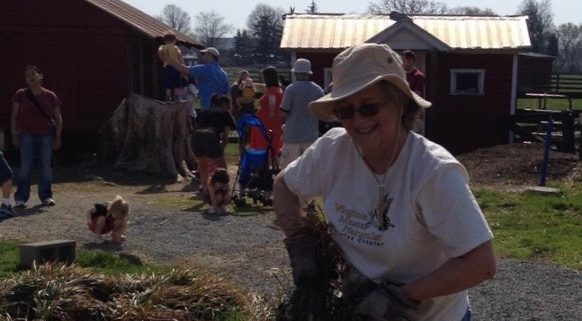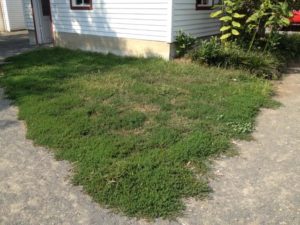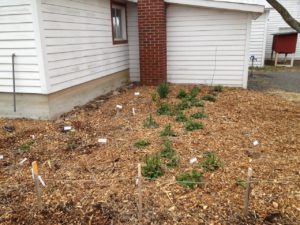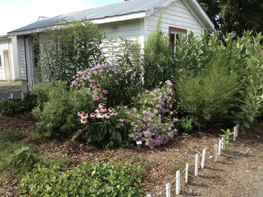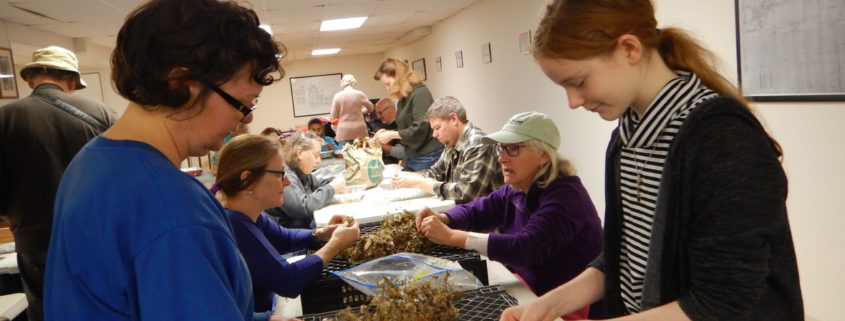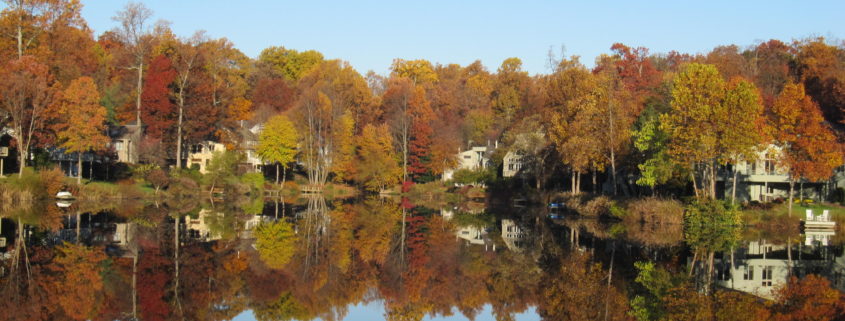NVSWCD recognizes Plant NoVA Natives Campaign Partners as 2018 Cooperator of the Year
(Republished from the Northern Virginia Soil and Water Conservation District site)
Established in 2011, the Plant NOVA Natives initiative has been key in increasing awareness of native plants across Northern Virginia and working across non-profit, government, and industry sectors to promote the use of natives in landscapes. The work of the campaign partners greatly supports the initiatives of the Northern Virginia Soil and Water Conservation District (NVSWCD). Information is sought between agencies to share common messages and lift each other’s programs.
For example, in spring 2018, the Plant NOVA Natives group purchased advertisements (pay for clicks) on social media platforms that promoted the use of native plants and linked to NVSWCD’s Seedling Sale webpage. In total, the partners spent roughly $100 to promote the sale. This drove many new customers to purchase seedlings, rain barrels, or composters during the sale, benefitting NVSWCD environmental education programs.
In addition, campaign partners post blog and Facebook items about the Virginia Conservation Assistance Program and the benefits the program provides for water quality through the addition of native plants as Conservation Landscapes. Through their efforts, the Native Plants for Northern Virginia guidebook has become the definitive resource for highlighting the most common native plants in our region. The campaign has renewed the interest in the utility of native plants throughout the landscaping community and many retail establishments have improved native plant visibility since the campaign began. The campaign’s website is a clearinghouse and wealth of regionally-specific information, resources, and events.
There is no doubt that this campaign has contributed significantly to bringing groups together and elevating the shared interest in the use of native plants across many different landscapes. The program is truly a partnership, by which the work of several agencies outweighs the work of one. It is for these reasons and many more, that we recognize the Plant NOVA Natives Campaign partners as our 2018 Cooperator of the Year awardees.
The Cooperator of the Year award is named in honor of Diane Hoffman, an Associate Director with NVSWCD and the former NVSWCD District Administrator, for the legacy of cooperative spirit that she instilled throughout all District programs.
Visit https://www.plantnovanatives.org for more information about partnership, find native plant sales, and to peruse the wonderful resources they provide.


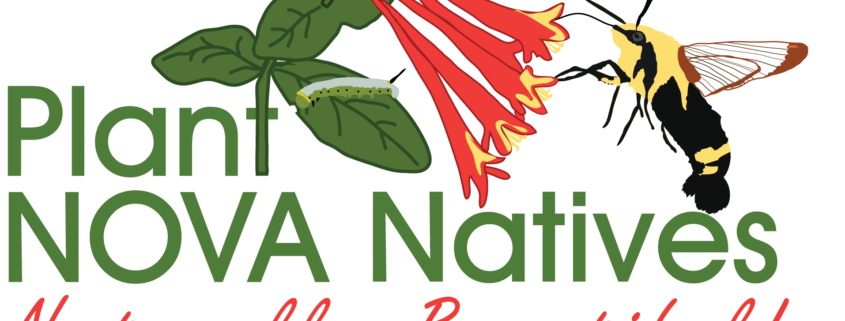
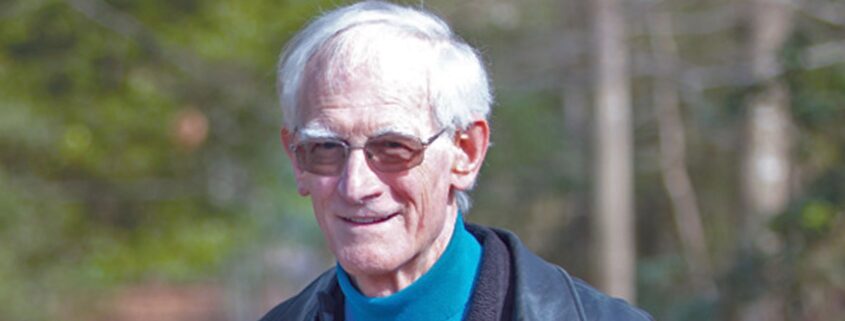
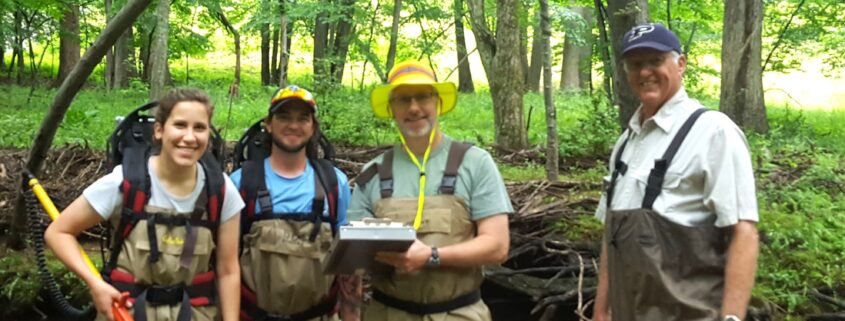
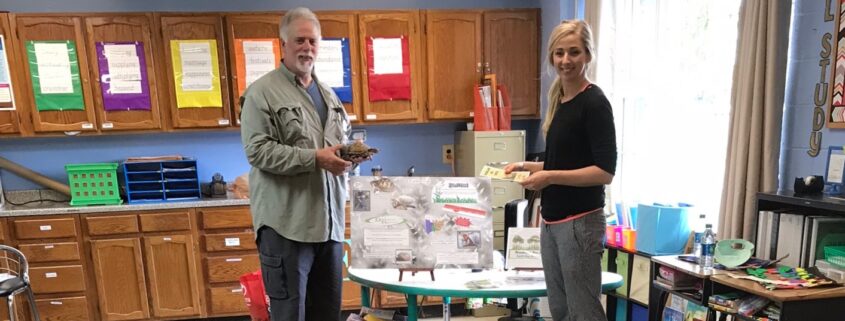
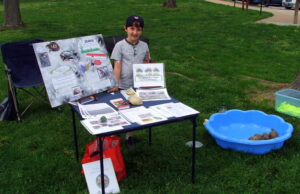
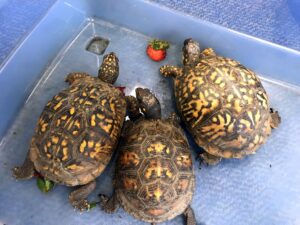
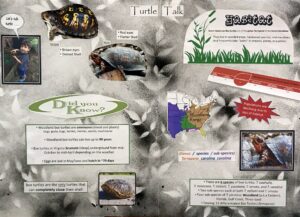
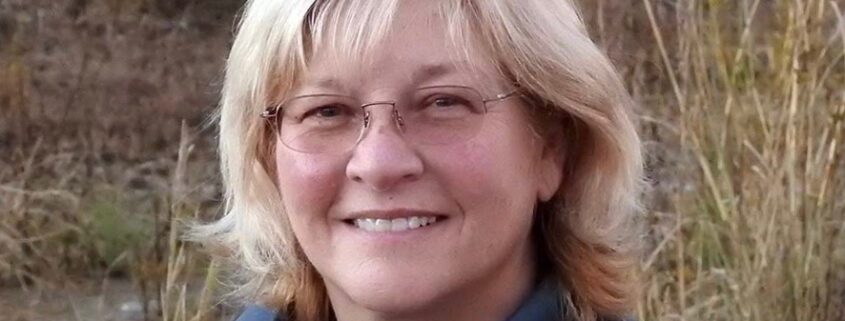
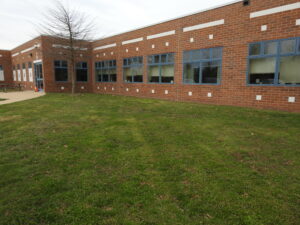
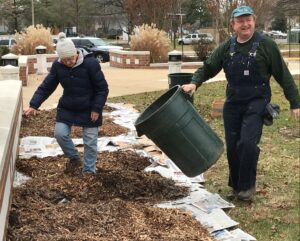
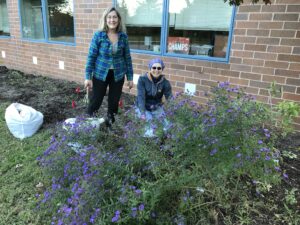
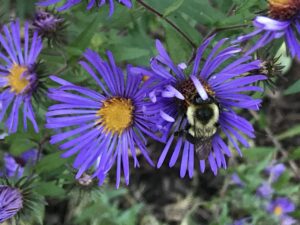
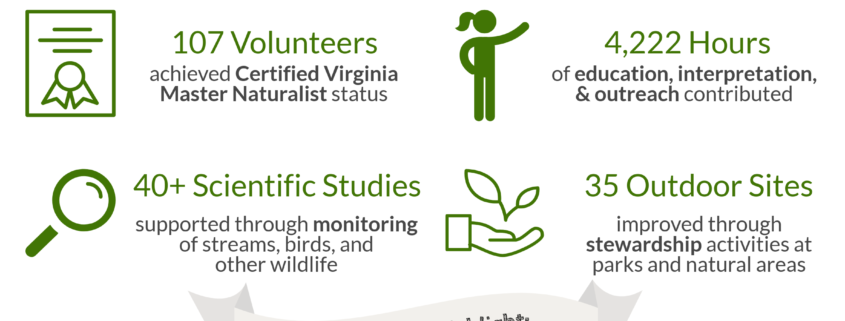
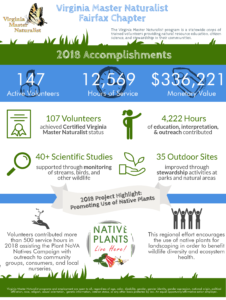
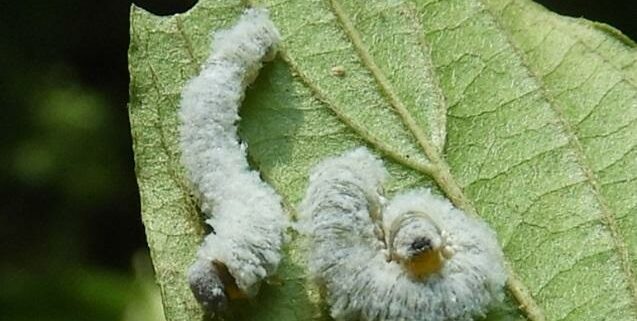
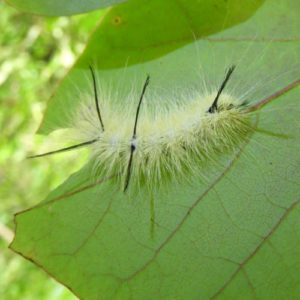 We also observed fall webworm moth caterpillars, geometer moth caterpillars, and others that we could not identify.
We also observed fall webworm moth caterpillars, geometer moth caterpillars, and others that we could not identify.